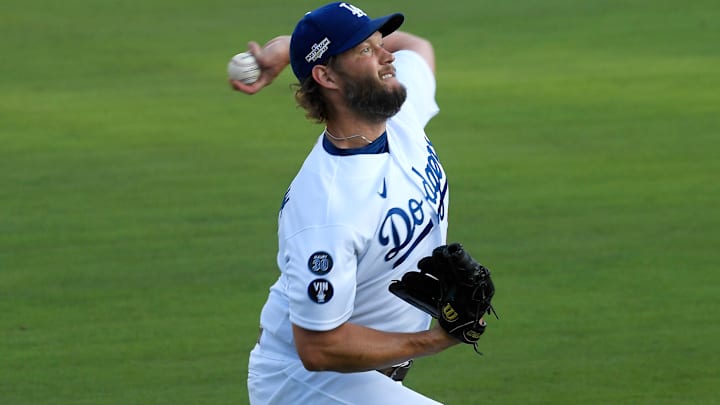Max Muncy, IF
Fully recovered from the 2021 elbow surgery that slowed his offensive progress last season, Max Muncy feels no restrictions entering 2023. If this Dodgers team's going to hit its offensive ceiling, it absolutely needs Muncy's on-base skills and pure power.
Last year, Muncy increased his pull percentage significantly, drilling 48% of his batted balls into the would-be teeth of the shift, up from 38.9% in 2021, his best season. That stark difference screams discomfort and rolling over pitches he otherwise would've tattooed; Muncy's fifth-percentile xBA of .208 further emboldens that theory. Thanks to the lack of shifting still to come this season, he might want to find a middle ground, though, and collect a few more hard-hit singles through the right side that would've been gobbled up last year.
Unfortunately, that also means he's about to face a defensive challenge.
In 2022, the Dodgers could hide Muncy at second base, playing him deep in right field where his lack of lateral quickness wouldn't be exposed. This year, due in large part to the changes in shifting, the Dodgers have announced they plan to start rookie Miguel Vargas at second, a position he's rarely played throughout his minor-league career. That will place Muncy at the hot corner, where his reaction time will be at a premium.
Freddie Freeman absorbing Muncy's role at first base made a lot more sense last year when Muncy could be used at second. It's yet to be determined how natural the fit is at third, but the burly slugger seems likely to need a defensive adjustment period (and offensive mindset shift) thanks to MLB's rule changes.
